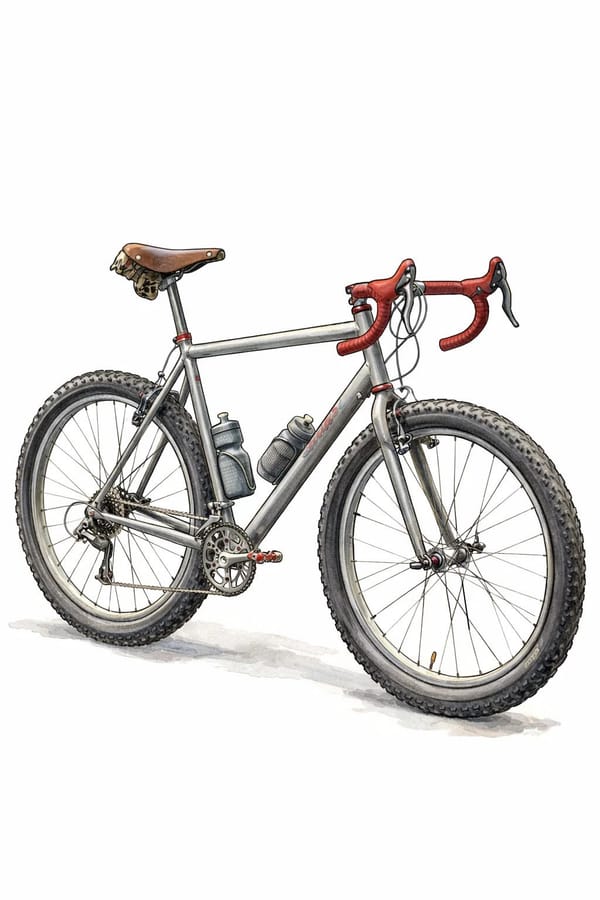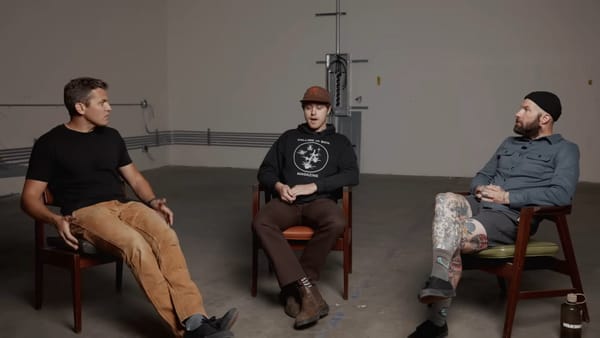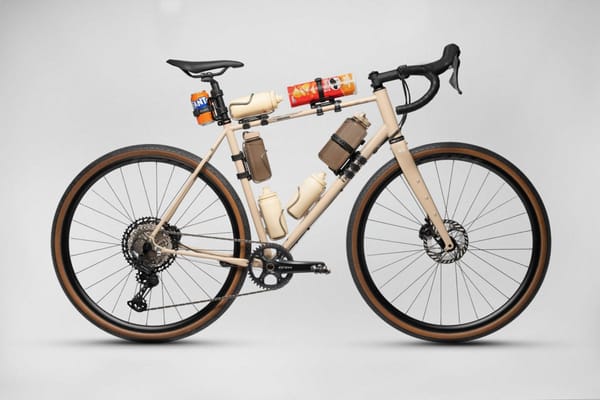The "Off-Season" Is a Myth: How to Train When You're Not Training for Anything
Finished your big A-race and feeling a bit lost? This guide explains why the "off-season" is your most important training block for addressing weaknesses, experimenting with new strategies, and building a stronger foundation for next year.

You did it. You crossed the finish line of your "A" race. After months of structured training, early mornings, and saying "no" to social events, you have achieved The Thing. The bike has been washed (maybe), the medal is hanging somewhere, and a glorious void has opened up in your calendar.
Now what?
For many athletes, this post-goal period is a strange purgatory. Without the North Star of a big race guiding your every move, it’s easy to fall into one of two traps: either you become a permanent fixture on your sofa, mainlining pizza and Netflix, or you nervously sign up for another race immediately, terrified of losing your hard-won fitness.
There is a third, much smarter, option. This "off-season" isn't an ending; it's a strategic transition. It's the most important training block of your year—if you play your cards right.
Reframe the "Off-Season"
First, let's ditch the term "off-season." It implies a complete cessation of activity. Think of it instead as the General Preparation Phase. The intense, razor-sharp focus on one specific event is gone, but the commitment to being a healthy, durable athlete remains.
This isn't just semantics. Especially for masters athletes, taking three months off to "get fat and happy" like the pros of yesteryear is a recipe for a painful comeback. As we age, sarcopenia (age-related muscle loss) is a real concern, and maintaining a baseline of fitness is crucial. The dramatic peaks and valleys of your annual training load should begin to look more like rolling hills—there's still undulation, just less extreme. Recovery is part of the plan, not an absence of one.
Become Your Own Harshest Critic
After you've taken a proper recovery period (at least one to three weeks of truly unstructured, fun movement), it's time for an honest debrief. Where did you fall short during your race or your training build?
- Got dropped on the climbs? Your limiter is likely your power-to-weight ratio or sustained threshold power.
- Got outsprinted at the finish line? You need to work on your neuromuscular power and sprinting technique.
- Felt your gut turn inside out after your third gel? Your fueling strategy needs a complete overhaul.
- Lost time in technical sections? Your bike-handling skills are holding you back.
This is the perfect time to attack those weaknesses. Since you're not deep in a race-specific build, you can dedicate entire training blocks to the boring (but necessary) stuff. Go to a weekly cyclocross practice to hone your skills, even if you never plan to race. Spend a month doing nothing but Zone 2 base miles to build your aerobic engine. Now is the time to turn last season's flaws into next season's strengths.
The Lab Is Open: Time to Experiment
A race build is not the time to see if that trendy new supplement gives you hives or if you can actually stomach 120 grams of carbs per hour. The General Preparation Phase, however, is your low-consequence laboratory.
This is your chance to beta-test everything:
- Gear: Mess with your bike setup, try different tire pressures, or see if you can finally get comfortable on that saddle you bought three years ago.
- Gut Training: The gut is trainable, just like any other muscle. Systematically increase your carbohydrate intake during training to improve absorption and reduce the risk of GI distress on race day. See if you can push your tolerance from 60g/hour to the 90-100g/hour range. Just be sure your rides have convenient bathroom stops planned. You've been warned. 🚽
- Supplements & Protocols: Wondering if creatine could boost your strength work? Curious about heat adaptation protocols for that scorching race next summer? Now is the time to research and carefully implement these strategies, long before they can impact a key event.
Redefine What a "Goal" Is
Burnout often comes from an endless cycle of peak-recover-peak-recover with no change in stimulus. Your next goal doesn't have to be another finish line. Shake things up by setting different kinds of objectives.
- Skill-Based Goals: Finally learn to properly bunny-hop a curb. Nail your cornering on loose gravel.
- Performance-Based Goals: Set a new 5-minute power personal record. Hold a specific pace for a 10k run.
- Adventure Goals: Plan and execute a self-supported bikepacking trip. Run a trail you've always been intimidated by.
- Consistency Goals: Add two 30-minute strength sessions to your week and stick with it for three months. Try "rucking"—walking with a weighted pack—to build low-impact cardio and bone density.
By shifting your focus, you keep the fire lit without burning yourself out on the pressure of race performance. This period is your chance to build a more resilient, well-rounded, and ultimately faster athlete for whatever challenge you decide to tackle next. Don't waste it.





